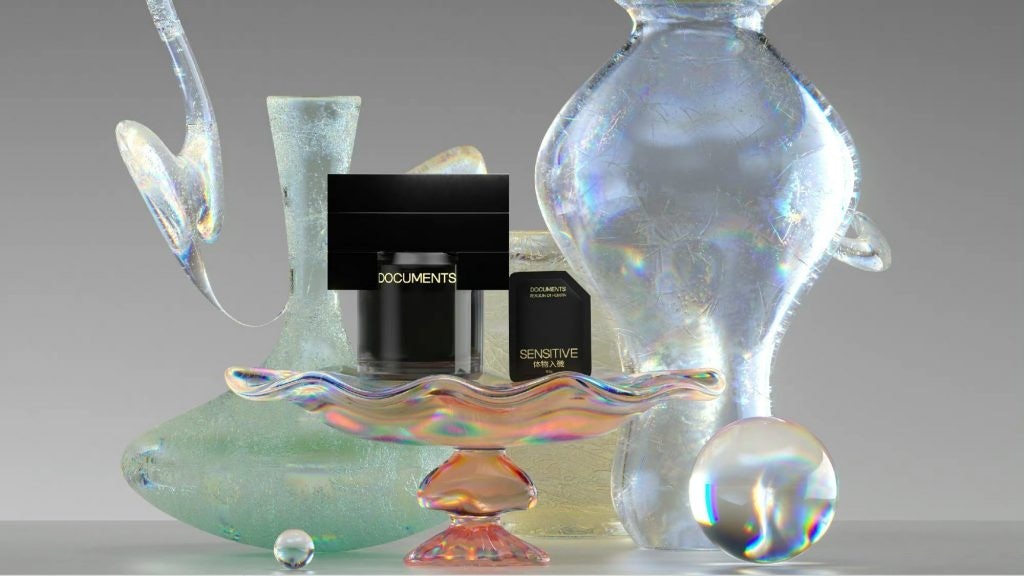Consolidation in the global luxury industry continues to gain traction, attracting the attention of Chinese investors. Of course, this is not entirely a new phenomenon. But a critical new development is that Chinese investors are increasingly assessing their acquisition strategies from a more strategic perspective. We break down some of Chinese companies’ key motives for acquiring a greater share of the global luxury market.
Brand Assets#
A critical component of investors’ decision-making process is brand value and IP, which is intangible and can inflate valuations. It’s no surprise that the hunt for undervalued brand assets is and has been driving merger activities.
For instance, Zhejiang Geely Holding Group paid Malaysia’s Proton 65 million for a 51 percent stake in British sports-car maker Lotus in 2017. It appears that the 75-year-old motoring icon’s transformation is starting to pay dividends – Lotus’ global retail sales reached 1,710 new cars in 2021, its best performance for a decade.
Indeed, Chinese buyers are showing a greater interest in acquiring heritage brands that are no longer active but do provide a shortcut to showcasing heritage. “Discerning buyers understand the value of heritage, acquiring the trademark rights of dormant brands (along with their archives) to restart them,” says Pierre Mallevays, co-head of merchant banking at Stanhope Capital.

Brand Portfolio#
LVMH is widely considered an exemplar of how to build a portfolio of luxury brands via a well-planned acquisition strategy. To optimize their market coverage, but also diversify risk, Chinese companies are attempting to emulate LVMH’s business model.
Another example is China-headquartered Lanvin Group's (owning brands like Lanvin, Wolford, Sergio Rossi, St. John Knits, and Caruso) listing in December, 2021, on the NYSE, which was in part a move to win the necessary financial backing to acquire more luxury brands in the future.
Meanwhile, the activities of Jin Jiang, the world's second-largest hotel group operating over 40 hotel brands, clearly demonstrates Chinese holding companies’ aspirations to craft a portfolio strategy.
Savoir-faire#
Acquisitions can provide Chinese companies with an effective shortcut to valuable insider know-how and experience. Excellence is a source of competitive advantage that’s difficult to emulate in the luxury sector. Geely’s acquisition of a 7.6 percent stake in Aston Martin in 2022 was widely seen as an opportunity not only to gain deeper insights into luxury brand management, but also to potentially facilitate the transfer of technological know-how that defines the luxury sports car segment.
New Markets#
To access and expand in new global markets, Chinese companies need to continue with international acquisitions. It’s a textbook approach to internationalization. A case in point is Huazhu Group’s acquisition of Deutsche Hospitality’ portfolio in 2019, including the Steigenberger Hotels & Resorts brand, which provided the hotel group with a foothold in the European market. Likewise, Geely’s stake in Aston Martin could enable it to develop its presence in key European markets.
The fundamental law is that luxury does not recognize national boundaries.
A good example of this maxim can be found in the sportswear sector. Anta, the world’s third largest sportswear brand and owner of a diverse range of international brands including Fila, Wilson, and Salomon, may be proudly Chinese, but is also unequivocally global.
Despite tighter government regulation, such as capital outflow curbs, Chinese companies have gained the confidence and international experience needed to acquire prestige brands, acquisitions once thought unfeasible. A insider's understanding of the native China market, which is increasingly important for global luxury brands, has also given them an edge. We can expect Chinese companies to take more active roles and exert a greater influence in deal making.

However, the flip side is that non-Chinese companies are also eyeing Chinese brands to accelerate their own growth.
For example, L’Oréal China Corporate Venture Capital recently announced it has taken a minority stake in Chinese luxury fragrance brand Documents. This will likely not be the last deal in China for the French beauty giant.
A rollercoaster of high-end cross-border deals combined with further consolidation will continue to upset luxury’s traditional ownership model. Certainly, due diligence will become an even more important element of the deal-making playbook. Not all deals meet market expectations. For instance, Gangtai Group Corporation acquired Buccellati in 2017, but ended up selling it back to Richemont in 2019, a reminder that executives need to have a robust plan for turning deals into winning strategies that deliver value.
Glyn Atwal is an associate professor at Burgundy School of Business (France). He is co-author of Luxury Brands in China and India (Palgrave Macmillan).


